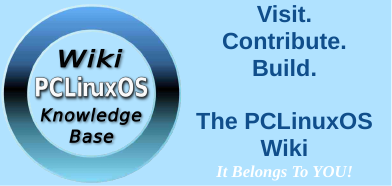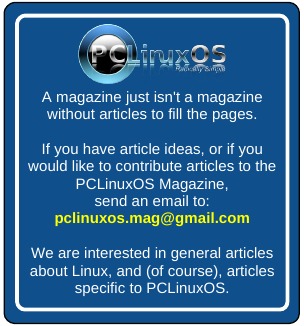| Previous
Page |
PCLinuxOS
Magazine |
PCLinuxOS |
Article List |
Disclaimer |
Next Page |
Just How Prevalent Is Linux? |
|
by Paul Arnote (parnote)
Believe it or not, Linux is gaining in popularity. Probably one of the biggest reasons is the ever-increasing hardware demands that accompany every new version of Windows. In fact, that very reason was what drove me from Windows to Linux many moons ago. Way back in 2006, rumors were circulating about Windows XP’s replacement. Yes, I’m talking about Windows Vista. Among those rumors was the news that this wasn’t going to be an update many users could follow along with without purchasing a new computer. I was among those users who had just recently purchased not one, but two new computers. And neither of those two computers I had purchased would be able to run Windows Vista, due to Vista’s increased hardware requirements. It started me on a quest to find something other than Windows that would run reliably on my newish hardware. Naturally, that led me to Linux, and I never looked back. Of course, like any noob, I did my fair share of “distro-hopping” as I tried out various Linux distros. I tried Ubuntu, Kubuntu, Lubuntu, Xubuntu, OpenSuse, Puppy, and several others that have faded from my memory. And then, I found PCLinuxOS. My quest had finally ended, and I’ve stayed with PCLinuxOS ever since. And, that was way back in 2007. 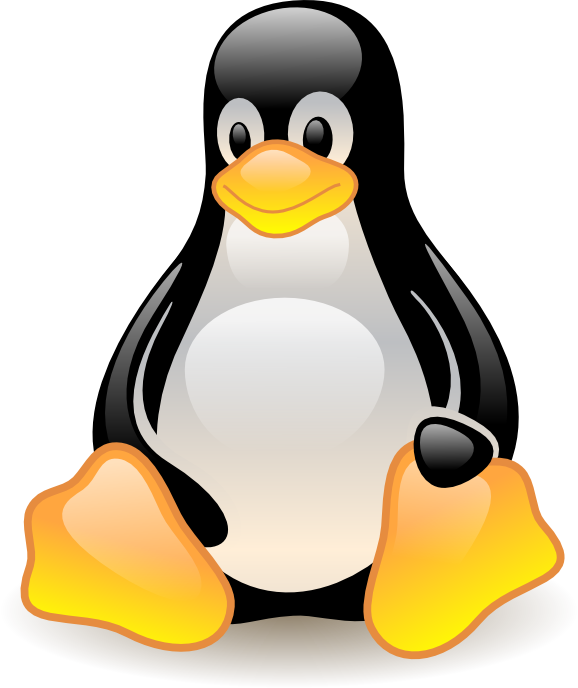 Market Share When I first started with Linux, the operating system’s market share was reported to be somewhere in the neighborhood of one or two percent (depending on who was reporting the numbers). Some reports had Linux’s market share at under one percent, but those were mostly from sources that were “Windows evangelists,” presumably to “protect” their hallowed ground. I can remember talking to people about Linux. It was common for them to have never ever heard of Linux. In fact, their ignorance about Linux was almost universal. Today, Linux is reported to have a market share of just over six percent. This market share number is just the number of people who have Linux as their operating system on their personal computers. But, Linux’s reach is far greater than that.
Whether you believe it or not, most people use Linux in some form or fashion every single day. Yep, even the Windows fanbois. And, you might be somewhat surprised by all of the places where Linux is powering the devices we use. So, let’s take a look at all of the places where Linux is quietly powering the devices and services you depend on daily. 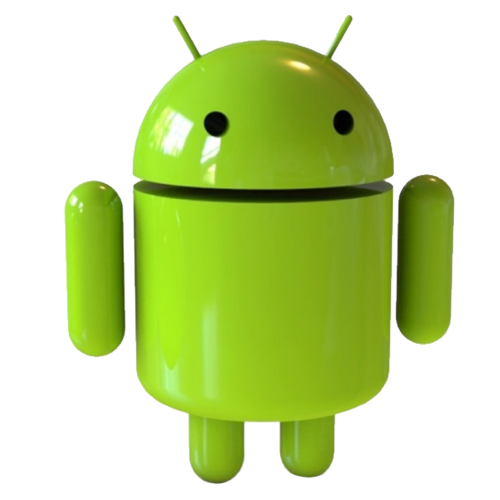 Android. Probably one of the better known devices that’s powered by Linux is your Android smartphone. Don’t believe me? You can check for yourself. On my Google Pixel 8 smartphone, I’m running Android 16. The kernel is listed as 6.1.124-android14-11-g8d713f9e8e7b-ab13202960#1, with a build date/time of Wed Mar 12 13:40:07 UTC 2025. On my Pixel 8, I go to Settings > About Phone > Android version. The exact location on your phone may differ slightly, depending on who made your phone. Super Computers. Every. Single. One. of the world's top 500 super computers runs Linux. NASA. NASA uses Linux A LOT, thanks to its versatility, adaptability, and stability of its kernel, as well as its related software ecosystem. They use it for many things, like storing data from satellites and telescopes, to crunching data for research institutions and the greater public to use. It was even reported several years ago that Linux runs on computers on the ISS for mission-critical systems. Robots. The first humanoid robot in space, Robonaut 2, runs on Linux. At this very moment, it’s orbiting over your head on the ISS. NASA has no plans to “return” Robonaut 2 to Earth. Game Consoles. Steam led (and continues to lead) Linux to the spotlight, at least for gaming, with their SteamOS and Steam Machines. Sure, Android, cloud gaming, and retro-styled handhelds count, but the path forward was really blazed by Steam. Large Hadron Collider. At the world’s largest and most expensive research facility, the Large Hadron Collider uses Linux to handle, process, store and distribute the massive amounts of data it garners from its experiments. Streaming Boxes. Chromecast. Fire TV. Roku. They are all powered by Linux. 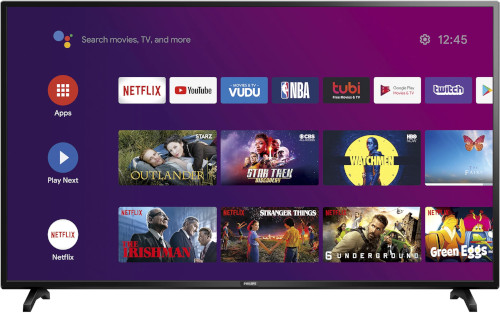 Smart TVs. Most of the leading manufacturers of “Smart TVs” rely on Linux for their capabilities and user interfaces. LG, Samsung, Sharp, HiSense, Phillips, Panasonic, Vizio … the list goes on and on and on. Personal Digital Video Recorders. Also known as DVRs (such as Tivo), these mysterious boxes run an embedded Linux-based operating system. That OS is responsible for the recording, playback and management of your favorite shows. Smart Watches. It’s not just your mobile devices (tablets and phones) that run with Linux at their core. That smart watch on your wrist (other than an Apple Watch)? It most likely runs Linux. Most of the non-Apple smart watches on the market run with an embedded Linux OS controlling things. Ebook Readers. Led by the perennial giant in the ebook reader market, the Amazon Kindle, most of the ebook readers on the market run on an embedded Linux OS (including the Kindle). Those ebook readers use Linux to store, sort, manage and display the titles in your ebook collection. 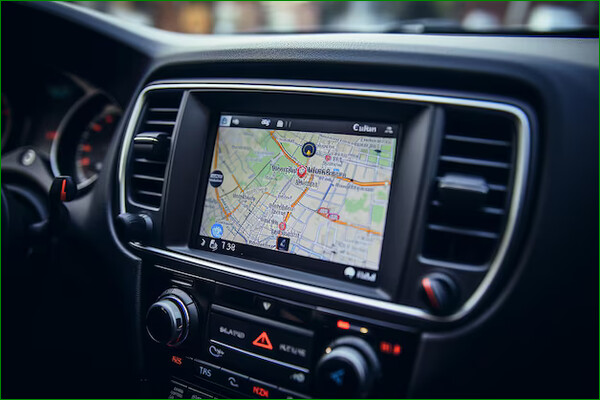 Car “Infotainment” Systems. That “infotainment” system in your vehicle most likely uses Linux as its foundation. Going all the way back to the 2013 Cadillac XTS, and up through the infotainment systems in Tesla automobiles, they are all powered by Linux. As far as I know, Ford does not use Linux for their infotainment systems (they rely mostly on an embedded Windows system, the best I can tell, evidenced by their reliance on Microsoft’s Sync™ technology). In-Flight Entertainment. The next time you’re on an airplane, pay attention to the screen for the in-flight entertainment. Chances are high that it’s powered by Linux. Digital Signage. From advertising screens to train station terminals, Linux is used in a variety of kiosk and signage situations around the world. Self-Driving Cars. Many of the self-driving cars run on Linux, including Google’s autonomous cars, as well as self-driving vehicles from Volkswagen and GM. Washing Machines. Many of the “fancy” (translate to expensive) washing machines run on Linux. Their functions include load-sensitive scales that adjust the amount of water needed, to programmable washes that kick in at a certain time. Air Traffic Control. The next time you “take to the skies,” keep in mind that Linux runs the computers that run the custom software that tracks your plane and helps keep airline passengers safe in their travels. The FAA switched to using Linux way back in 2006. 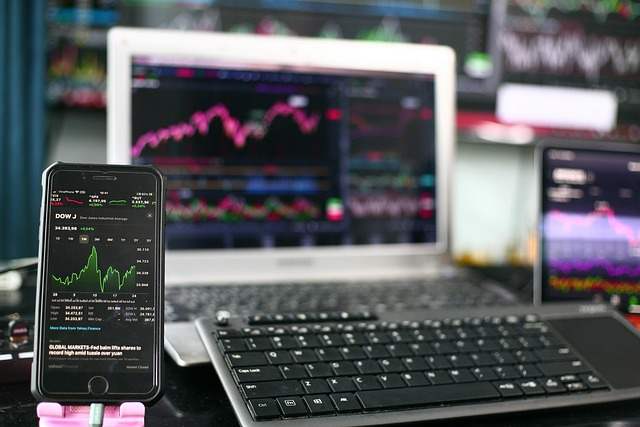 New York Stock Exchange. The world’s financial exchanges have long been fans of Linux and open source software. They like Linux’s ability to perform, transact and analyze calculations, quotes, prices, and messages at lightning fast speeds. U.S. Department of Defense. Want to guess who is the biggest customer of Red Hat Linux? Yep. It’s the U.S. Department of Defense. Linux allows the military’s “command and control” system to work efficiently and quickly. Nuclear Submarines. Thanks to Lockheed Martin, the sonar systems on U.S. nuclear submarines are powered by Linux (specifically, Red Hat Linux). And who knows what else is run by Linux on the nuclear submarines. I’m sure it’s “classified.” Internet Hosting. More than 70% of internet hosting providers are Linux based. While the exact number is difficult (at best) to estimate, it’s felt that this number is a fairly accurate “rough estimate.” Movies. A *lot* of movie studios use Linux. The Oscar-winning movies Titanic and Avatar were edited and graphics created using only Linux. Pixar, one of Disney’s leading animation studios, uses a farm of around 2,000 computers (up to 24,000 processing cores), and relies heavily on Linux, with most of its computers running on Linux. 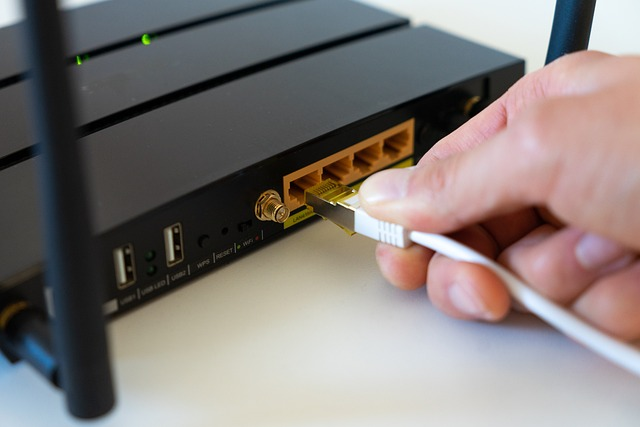 Networking. This probably is not much of a surprise, since Linux and networking go hand-in-hand. The networking giant, Cisco, is completely Linux based. Some Of The World’s Biggest Companies. Many of the world’s largest companies rely on Linux to run and manage their business interests. Among those are McDonald's, Google, Twitter, Facebook, Amazon, Netflix, and IBM. There are many others, and the list is too long to show here. Finally, there’s your own desktop computer. Each of us has our own reasons for running Linux as the “daily driver” on our computers, but one thing that’s common is being refugees from Windows. We Linux users prefer the freedom that Linux provides, as well as the stability. Relative freedom from viruses is also a common thread among Linux users. See? Linux is much more pervasive and relevant than you thought! |


